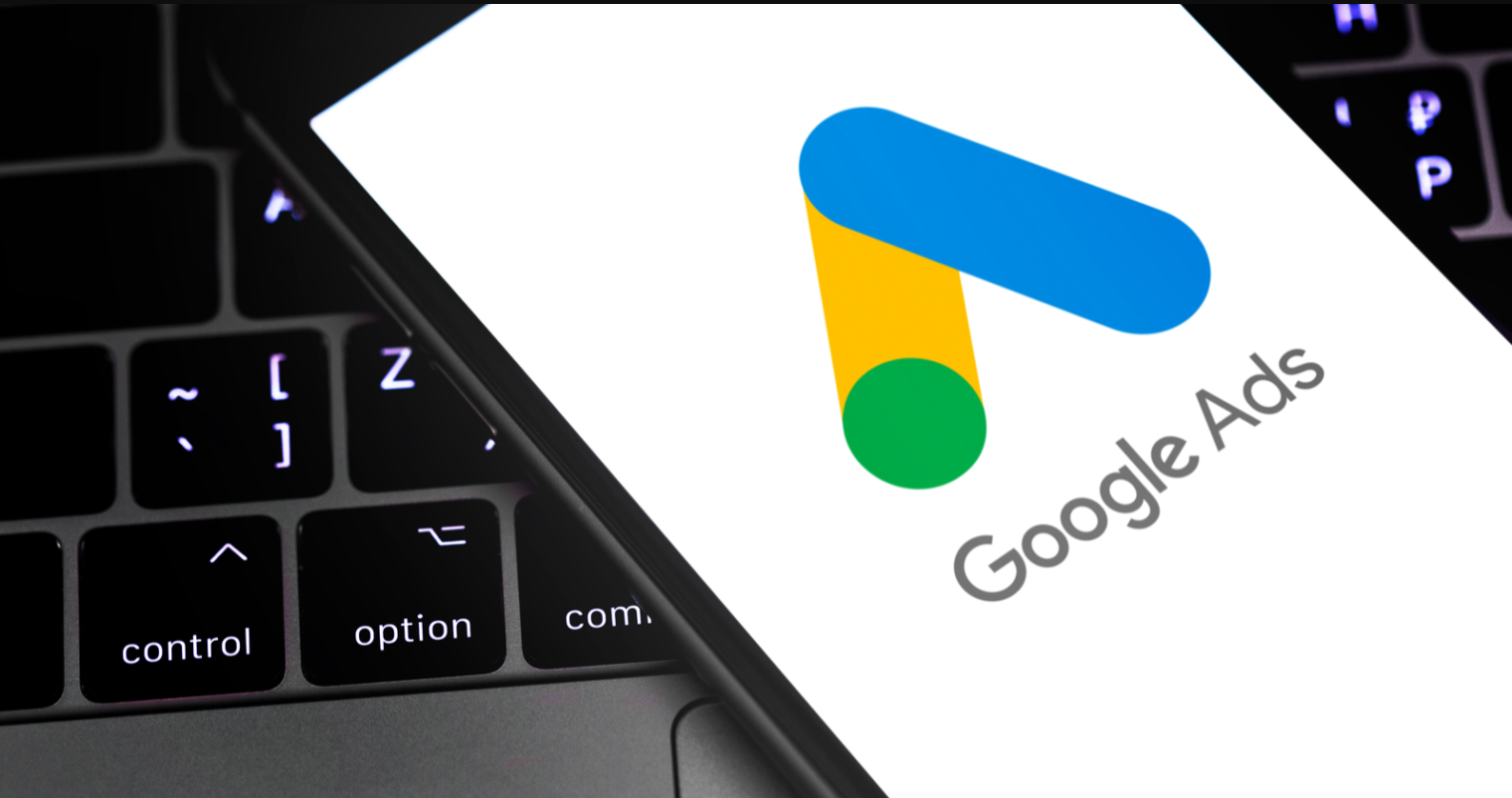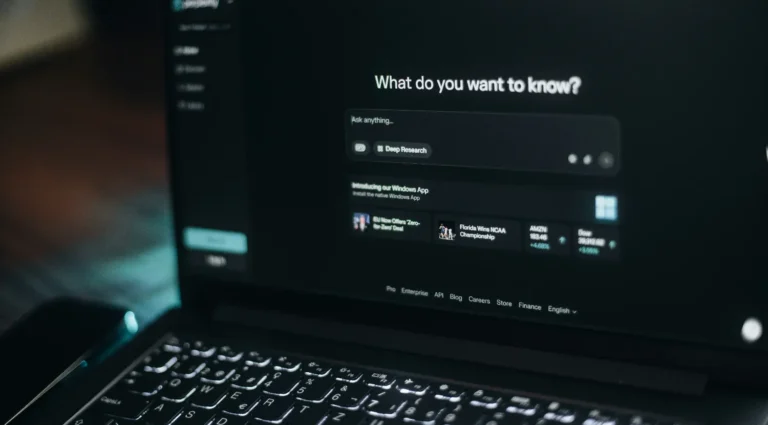Not necessarily. With a few goals and parameters in mind, you can target a B2B audience on Google Ads and include it as a major player in your overall marketing strategy. Beyond improving brand visibility, if your goal is to have your audience actually convert (such as booking a demo) as a result of Google Ads, this blog is for you.
Why use Google Ads?
Companies use Google search ads to drive traffic and generate leads or sales. Where a display ad or an offline ad might be shown to a broad audience, you’re able to catch a particular portion of the audience who is looking for something specific in the moment. When they plug in the search terms, and it aligns with your chosen keywords, it’s more likely they want what you’re offering—more so than what’s advertised on a big billboard.
Google search ads are sometimes thought of as a predominantly B2C tool (buying dog food, checking for a neighborhood restaurant, or finding just a right gift for your friend, for example.) Because Google searches are part of our daily habits, that doesn’t discount them from being helpful in a B2B marketing strategy, too. In fact, it’s widely used by B2B companies all over, allowing an edge for lead generation in a competitive landscape.
Best Practices for B2B Success with Google Search Ads
You’ve created a website with a nice combination of long tail keywords in your blogs with a variety of keyword focuses. You have meta tags, title tags, and H1s that are rich in keywords. But you don’t yet know how that will translate in the SERPs and when your organic listings will rise in the rankings. Next step, Google Ads. We reviewed some of the best practices for creating Google search ads that will help your B2B strategy succeed.
#1 – Choose Your Keywords Wisely
When you set up your account, choose keywords that people may search for in different phases of the sales funnel. At the top of the funnel, someone may search for “data solutions,” but farther down the funnel, someone more focused on buying or trying out a demo may search for “siloed data solutions for hospitals.” If your goal is lead generation, you should go for searches that indicate intent, or, why someone is conducting this search. These types of searches are more likely to lead to conversions.
You’ll also want to test a combination of longtail keywords and shorter phrase match keywords. Identify what services or products your leads are needing the most, and develop keyword phrases around that idea. Additionally, searching in Google to view your competitors can be helpful, too—see who’s in spot #1. Look at their ad copy, but in addition, check out their site and notice what kind of tags, links, keywords and type of content they seem to be focused on.
The Google Ads keyword tool can give you information on search volume and recommended bids so you can make the best choice for your “just right” keywords in terms of visibility and budget. Also: adding “negative keywords” is a good thing—it helps you exclude items that aren’t related to your product, software, or service, narrowing your focus and helping you get the audience you want.
#2 – Make Tight Google Ad Groups
Your ad groups within your campaigns should be tightly grouped in terms of your keywords. Google rewards advertisers who offer a good user experience. Do this through using matching ad copy and landing page copy—keep the keywords threaded throughout your ads and your landing page, so what the user has searched for is appearing in both the ads and on the page. This means they’re more likely to engage because they’re being served the content and results they were looking for.
#3 – Choose The Right Settings
Your Google B2B marketing strategy also relies on selecting the right settings for your account and campaigns. For a good start, choose your ad area (U.S. if that’s your full market) your language (English) and your bid strategy. We recommend enhanced PPC to start, which allows you to see what you’re paying per click as Google learns what converts and what does not. After you’ve chosen your basic settings, Google will be able to use AI and you can set to maximize conversions, and then you can target your ad spend for certain areas, specific times, and more.
There are plenty of other settings you can tinker with, too, such as bidding and budget options. For B2B Google Ads, these settings are the most popular:
- Geotargeting – Run different campaigns in different places, and address that audience directly.
- Ad Scheduling – Ads don’t have to run 24/7. Decrease your bids during less busy times (weekends, overnight). If you’re seeing low activity during certain days or times, save your ad spend for a busier day.
Bidding options can allow for a different focus when you use maximized conversions, maximized clicks or enhanced PPC settings. Be sure your site is tagged if you’re trying to maximize conversions, and you have your Google Analytics goals set up in Google Ads. Google offers an AI-powered ad optimizer (“Smart Mode”) which claims to help optimize performance for your particular budget. However, be mindful of the recommendations and pay attention to what is and what is not working well. If you feel a little lost, get more info and tutorials through the Google Ads Help page.
#4 – Set Up Tracking
If you are optimizing for lead generation, be sure to set up your conversion tracking. Any Google Analytics goals you are tracking can be pulled directly into Google Ads. Measuring these results will get you one step closer to an optimized ad group and improved digital marketing results. If you’re trying to generate leads, but you’re not tracking conversions, you have no data to justify changes or increase budget requests for ad spend. Set up your conversion tracking. Since Google changes its algorithm regularly, you’ll notice that your competitors are updating their ads and their sites for better click-through rates; you’re competing against other companies that show up in SERPS for paid and organic keywords.
#5 – Weekly Checks
As with anything else in marketing, it doesn’t make sense to set it and forget it. Keep a pulse on your competition. See where your leads are going. Tailor your ads to what your audience is searching for. Get rid of what’s not working. Shift little by little so you can align with what your ideal audience wants. It’s not a billboard—it’s an ever-changing, evolving experiment. You can see additional metrics for your Google Ads performance in your Google Analytics account when you link Google Ads to your Google Analytics account – like bounce rate or time spent onsite—by campaign, ad group or keyword, giving you more data to work from to understand what’s working well in your Google Ads account. Keep a weekly cadence to check, test, and update your ads for improvement.
Conclusion
Google Search Ads is a part of the digital marketing mix for many B2B companies. It could be the missing piece for your company, but that won’t be obvious until you compare your traffic and conversions against your other marketing channels. It makes sense for some companies to start small with a campaign or two, while others might want to hire a digital marketing agency like Solid Digital to run a PPC campaign for you. The more you know (through research and tutorials) the better your B2B ad performance can be.



